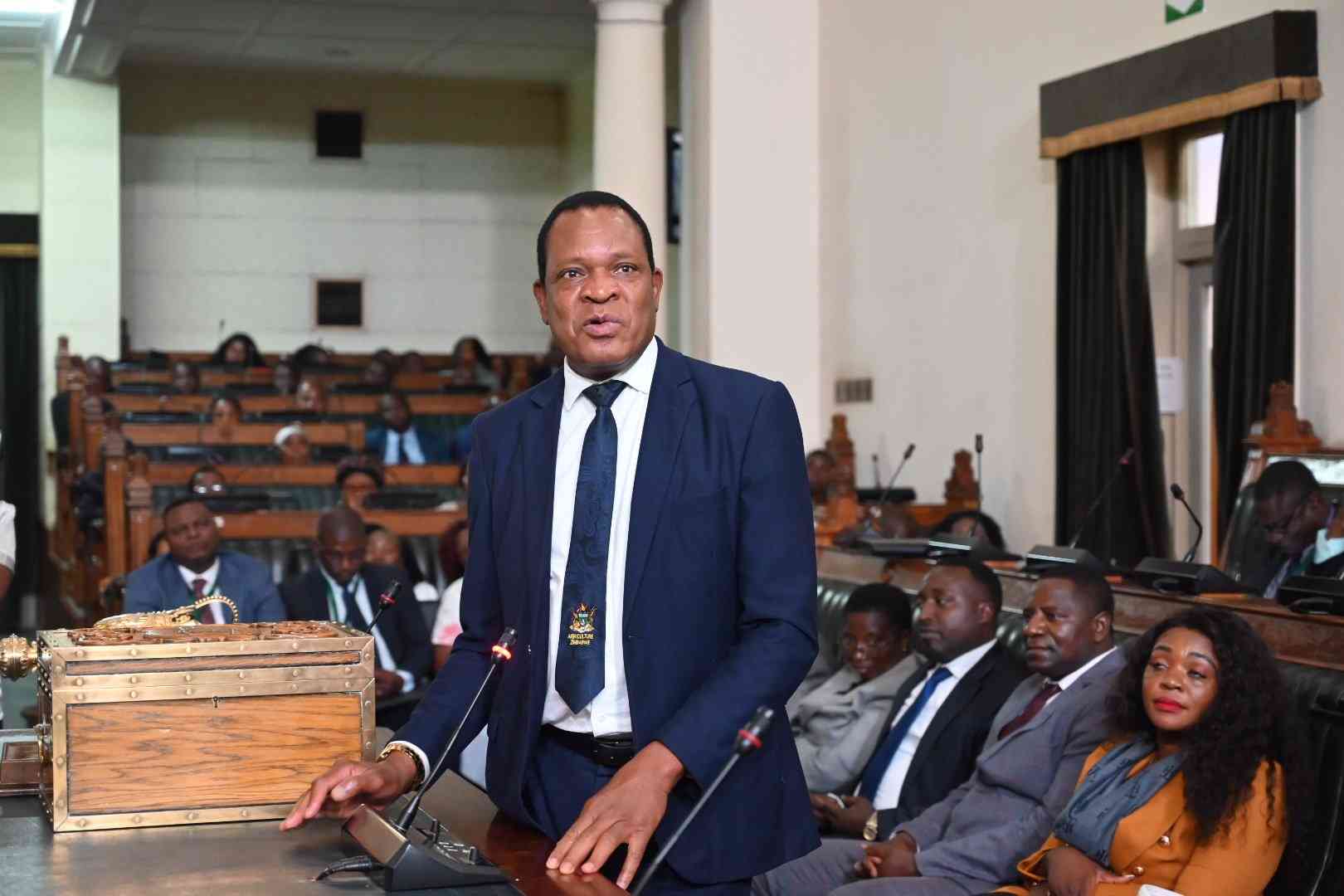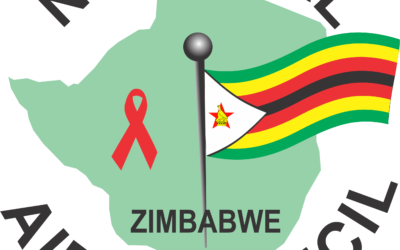
More than half of Zimbabwe’s population will require food aid due to the El-Niño-induced drought, government said yesterday, as it revised its appeal by half to US$3 billion.
The revision from the US$2 billion announced last month, paints a gloomy picture despite claims by the government that no one will die of hunger.
President Emmerson Mnangagwa last month declared the drought a state of national disaster in a bid to marshal resources from aid agencies and development partners.
During post-Cabinet briefing yesterday, Agriculture minister Anxious Masuka said the 2023/24 Summer Crop Marketing, Food Security Outlook to March 2025 indicated that close to 8 million people would need food aid.
This represents more than half of the population. Zimbabwe’s population was 15 178 979, according to the 2022 census by the Zimbabwe National Statistical Agency.
The aid would include maize and wheat in rural areas while the vulnerable in urban areas will benefit from cash transfers, Masuka said.
“The total in the appeal, you will find, will just be over US$3 billion because the President announced what is known in terms of the risk disaster framework, the search and rescue, thus, identifying the people that are vulnerable and the requirements,” he said.
Masuka said the food insecure will get physical maize, wheat or traditional grains depending on circumstances such as if that area requires traditional grains or wheat.
- Boustead Beef seeks to end CSC corporate rescue
- Unresolved land tenure dispute stifles Tongaat Hulett project
- Boustead Beef seeks to end CSC corporate rescue
- British investor makes new claim over CSC . . . Boustead says it took over full control of the beef processor in 2019
Keep Reading
“People will receive 7,5kg per month but to reduce transport cost we will give each one to last three months. We have enough apparatus within the government system to intervene should there be profiteering by the private sector. I urge you to alert us whenever you see a 10kg of mealie-meal going for over US$6,50.”
The government recently admitted that the El Niño-induced drought currently ravaging the southern African country caught it offguard, despite projections last year of imminent disaster.
Government officials spend the first quarter of this year claiming that the country has enough grain, despite revelations by the Grain Marketing Board that available stocks would not go beyond June.
Finance, Economic Development and Investment Promotion minister Mthuli Ncube recently said the crisis would force the government to rejig the 2024 National Budget diverting funds from other votes to cover food imports to avert hunger.
In a media briefing yesterday, Information, Publicity and Broadcasting Services minister Jenfan Muswere said the Second Round of Crops, Livestock and Fisheries Assessment of April 18, 2024 and the Rapid Village-based Food Assessment concluded on April 15 this year showed that six million people in rural areas will require assistance between May 2024 and March 2025.
“The Zimbabwe Livelihoods Assessment Committee Report (ZimLAC) indicated that 1,7 million people who reside in urban areas will require assistance.
“A total of 7,7 million people, being 51% of the population, will require food assistance. This excludes a further 4,5 million who will require school meals,” he said.
Muswere also revealed that the grain stock at the Grain Marketing Board as at May 9, 2024 stood at 423 779 tonnes, adding that the private sector is expected to import all its stockfeed requirements of 400 000 tonnes, and urban maize requirements of up to 450 000 tonnes to March next year.
Muswere said according to the ZimLAC 2024 Urban Livelihoods and Nutrition Assessment, 65% of urban households were food secure, while 35% were food insecure.
The proportion of food insecure households translates to 1 732 770 people.










